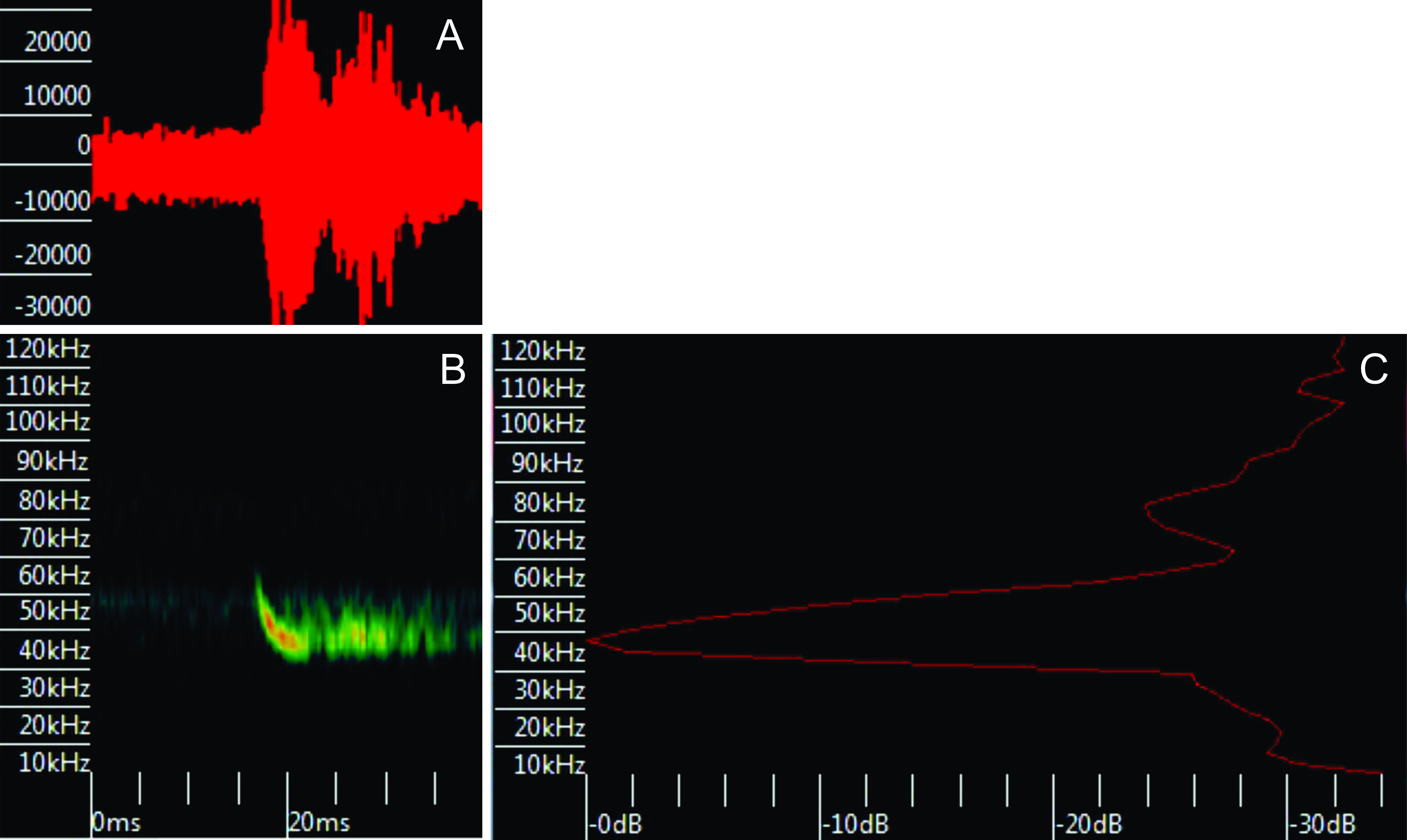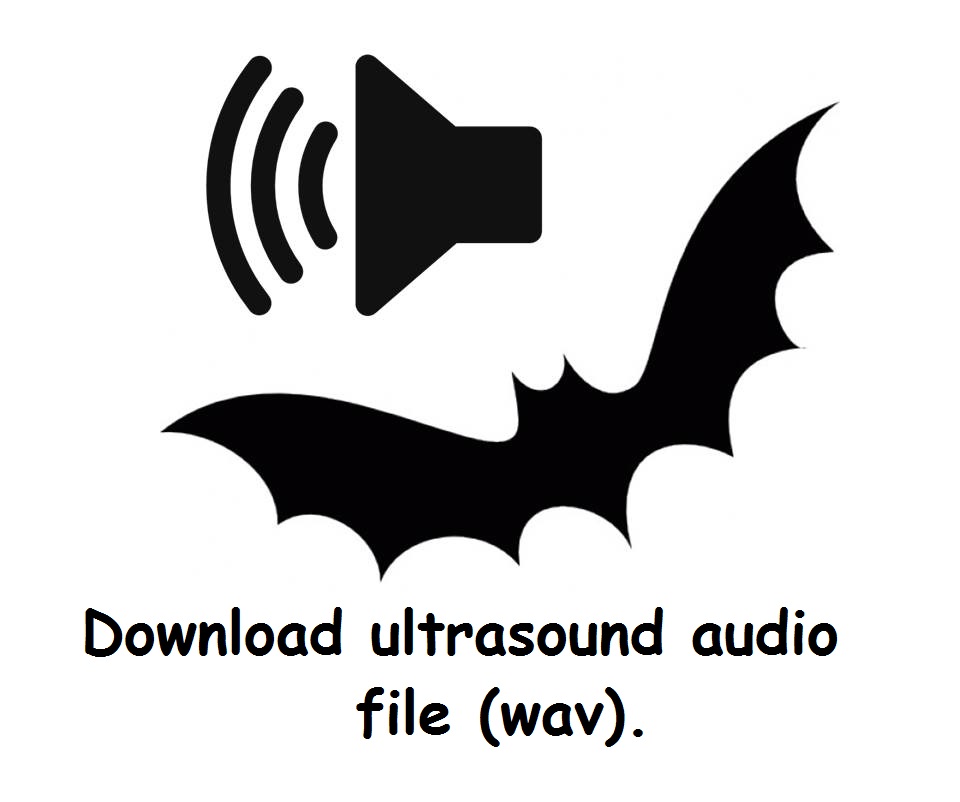Languages
Vespertilionidae II
Lasiurus blosevillii
 Adults have a 9 cm body length, 4 cm forearm and 8 g weight. The color of the dorsal hairs are reddish-brown, with a belly in shades of yellow and rusty face.
Adults have a 9 cm body length, 4 cm forearm and 8 g weight. The color of the dorsal hairs are reddish-brown, with a belly in shades of yellow and rusty face.Bats of this species are sheltered mainly in the foliage of dense trees and shrubs. Occasionally they can use caves as shelter. Individuals may be found or in colonies.
They forage in humid forests, using from the forest canopy to heights near the ground. They feed mainly on lepidoptera. The call pulses are unique, of modular frequency and final frequency greater than 40 kHz.
Its distribution includes the islands of Trinidad and Tobago and, except for Chile, all South American countries. It also has records for southern British Columbia, Canada, the Southwest United States and Central America.
Rhogeessa io
Adult bats have a forearm of 3 cm and a weight of 4 g. The dorsal hairs had a pale yellow base tending to gray and the gray-brown tips, with a brighter belly.
It is not sure where the colonies of this species are housed, but it is believed to be in hollow trees. They can form large colonies.
These bats are usually recorded foraging on trails within preserved or deciduous forests, over streams and puddles or clearings. They may be present in altered forests. They forage a few meters above the ground, with pre-established hunting routes. The call pulses are unique, of modular frequency and final frequency greater than 40 kHz.
In South America its distribution includes Colombia and Venezuela, as well as isolated records for Guyana, Suriname, Brazil, Bolivia and Ecuador. In Central America is found from the north of Panama to the east of Nicaragua.
Figure 1. Echolocation call for Vespertilionidae II (Lasiurus blossevillii e Rhoogeesa io). A) Acoustic pulse oscillogram. B) Call sequence spectrogram. C) Intensity spectrogram. (Click figure to enlarge.)





